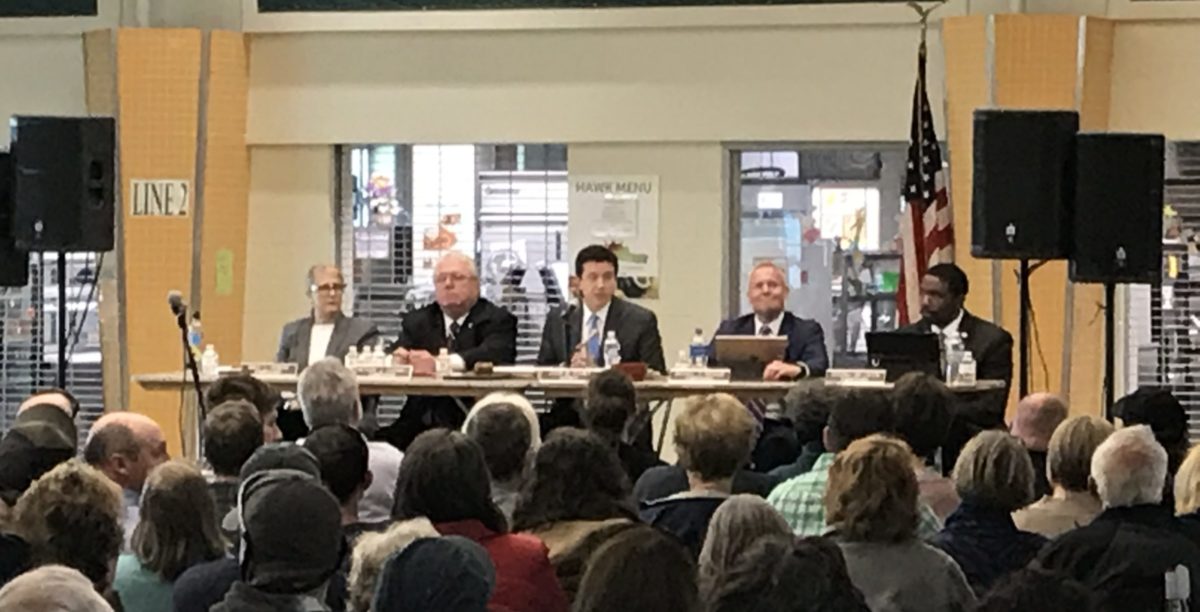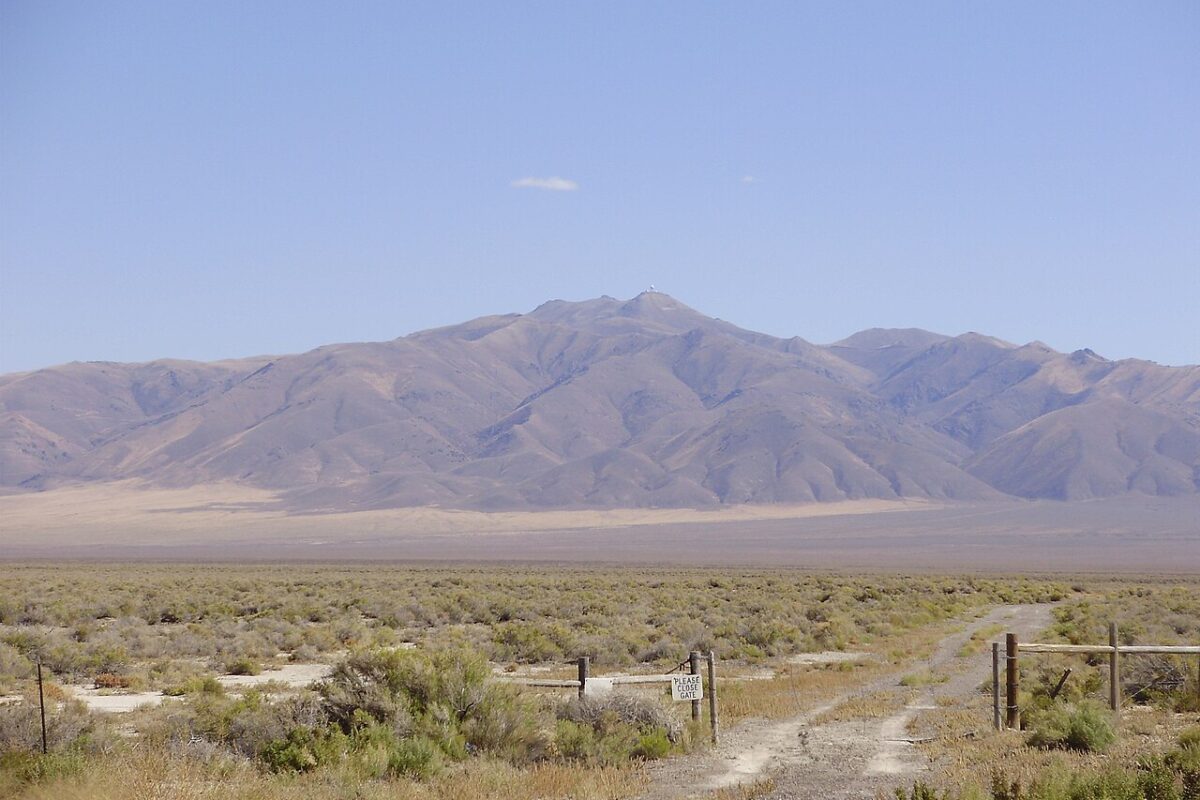By Tony Clifford
 The late Speaker of the House Thomas P. “Tip” O’Neill is often credited with coining the phrase “All politics is local.” What he meant by that is that no matter what discussion is happening at the national level, what really matters is what effects those policies will have at the local level.
The late Speaker of the House Thomas P. “Tip” O’Neill is often credited with coining the phrase “All politics is local.” What he meant by that is that no matter what discussion is happening at the national level, what really matters is what effects those policies will have at the local level.
As the solar industry matures, we can see that same phenomenon happening in it. While there are still national debates to be had—the looming investment tax credit (ITC) debate and the Green New Deal (and solar’s role in it), just to name two—the real work of solar policymaking is taking place at the state and local level.
And while lobbying state and local-level politicians is always vital to making sure legislators don’t get in the way of solar’s expansion, it’s often hard to lobby them all because there are so many subsections of government.
I mean, honestly: How many mayors and city councils and planning commissions can the solar industry even visit, let alone influence? After all, there are nearly 90,000 local governments in the United States, according to the U.S. Census Bureau’s most recent data (2012). Even if we did nothing else but lobby those governments, it would be nearly impossible to keep up with them all.
So how do we effectively harness the power we do have to lobby states in ways that have the most impact? Well, I have a suggestion about how to open a new front in our lobbying efforts, one that might provide us with the most bang for our buck.
Let’s do a better job of educating and lobbying the state’s regulators.
After all, each state has a body, whether it’s called the corporation commission, the public utilities commission or, as it is in our home state of Maryland, the public service commission, that regulates the way utilities interact with electricity providers. And right now, the voices they hear most often are those of the utilities. It’s time to balance that out.
While the solar industry often struggles in its interactions with utilities, we could really start to influence the conversation if we were able to talk with and influence the regulators who sit on the commissions that oversee them.
If you don’t know who your regulators are, then you should start by finding out, by visiting your state regulator’s website. Then, attend commission meetings to make sure solar’s voice is heard. Meet with the regulators at their offices. Explain why solar is a key building block for grid innovation, and how the solar industry will help utilities build out the twenty-first century grid.
Once they know who you are, the regulators will be more likely to listen to you when you come before them to talk about the issues of soft costs like permitting restrictions or interconnection delays. And with informed regulators come more pro-solar regulations that ease the current tensions that so often plague solar-utility relations.
I can tell you from personal experience how important it is to get the solar industry on your public utility commission’s radar. After years of interaction with the Maryland solar industry, the Maryland Public Service Commission launched a study into the value of solar. The results, which indicated that solar energy can provide Maryland $1.39 billion in labor revenue and over 13,800 direct jobs by 2028, opened a lot of eyes on the Commission and put solar on a whole new footing when it came to utility regulations. With those kinds of results, now we have standing, and the regulators will be more likely to listen to our side of an issue in the future.
Isn’t it easier, after all, to target 50 public utilities commissions than to try and make your case to 90,000 different municipalities? That’s why public utilities commissions are the next frontier in the solar fight, and why you should spend some time getting to know who they are—and more importantly, letting them know who you are and who the solar industry is.
Tony Clifford serves as chief development officer at Standard Solar
The views and opinions expressed in this article are the author’s own, and do not necessarily reflect those held by pv magazine.
This content is protected by copyright and may not be reused. If you want to cooperate with us and would like to reuse some of our content, please contact: editors@pv-magazine.com.








Great idea, unless you live in Alabama where the commissioners are bought and paid for by coal, and don’t actually regulate the power company. We haven’t had a rate case since 1982 and subsequently AL Power is the most profitable utility in the nation.